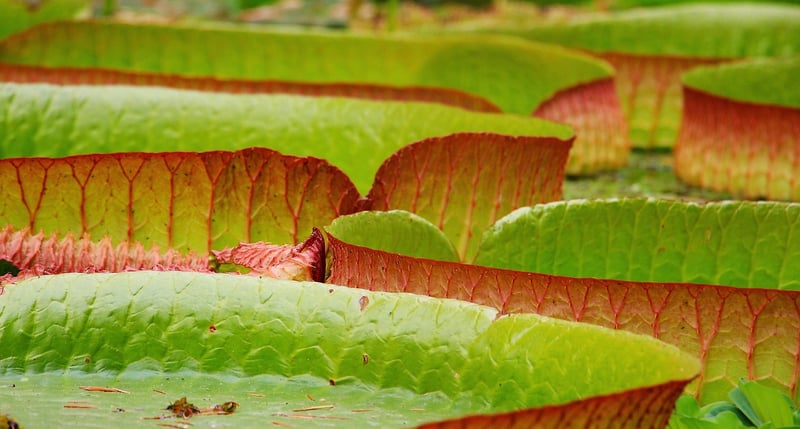Watering Guide
Creating Serenity in Your Garden: A Comprehensive Watering Guide
Welcome to your ultimate watering guide for maintaining a serene and thriving garden. A well-watered garden not only looks beautiful but also promotes plant health and growth. Let's explore some essential watering tips to keep your garden serene and flourishing.
1. Know Your Plants' Watering Needs
Understanding the specific watering requirements of each plant in your garden is crucial. Some plants may need frequent watering, while others thrive with less water. Research the optimal watering schedule for each type of plant to avoid overwatering or underwatering.
2. Watering Techniques
Utilize watering techniques such as drip irrigation or soaker hoses to deliver water directly to the roots where it's needed most. Avoid overhead watering, especially during hot sunny days, as it can lead to water wastage through evaporation.
3. Watering Schedule
Establish a regular watering schedule based on the needs of your plants and the climate in your region. Water in the early morning or late evening to reduce water loss from evaporation and prevent fungal diseases that thrive in wet conditions.
4. Mulching
Apply a layer of organic mulch around your plants to retain soil moisture, suppress weeds, and regulate soil temperature. Mulching helps reduce the frequency of watering while keeping your garden looking tidy and serene.
5. Monitor Soil Moisture
Check the soil moisture regularly by inserting your finger into the soil. Water your plants only when the top few inches of soil are dry. Overwatering can lead to root rot, so it's essential to let the soil partially dry out between waterings.
6. Rainwater Harvesting
Consider setting up a rainwater harvesting system to collect rainwater for watering your garden. Rainwater is free from chemicals and has the perfect pH balance for plants, making it an eco-friendly watering option.
7. Invest in a Watering Timer
If you have a busy schedule, investing in a watering timer can help automate your watering routine. Set the timer to water your garden at specific times and durations to ensure your plants receive consistent moisture.
8. Watch for Signs of Overwatering or Underwatering
Keep an eye out for signs of overwatering, such as yellowing leaves, mold growth, or a musty smell. Similarly, wilting, dry, or crispy leaves may indicate underwatering. Adjust your watering practices accordingly to maintain a healthy garden.
By following these watering tips and techniques, you can create a serene garden oasis that thrives with lush greenery and vibrant blooms. Remember, proper watering is the key to a beautiful and tranquil outdoor space.
For more gardening tips and inspiration, check out Gardeners' World.

